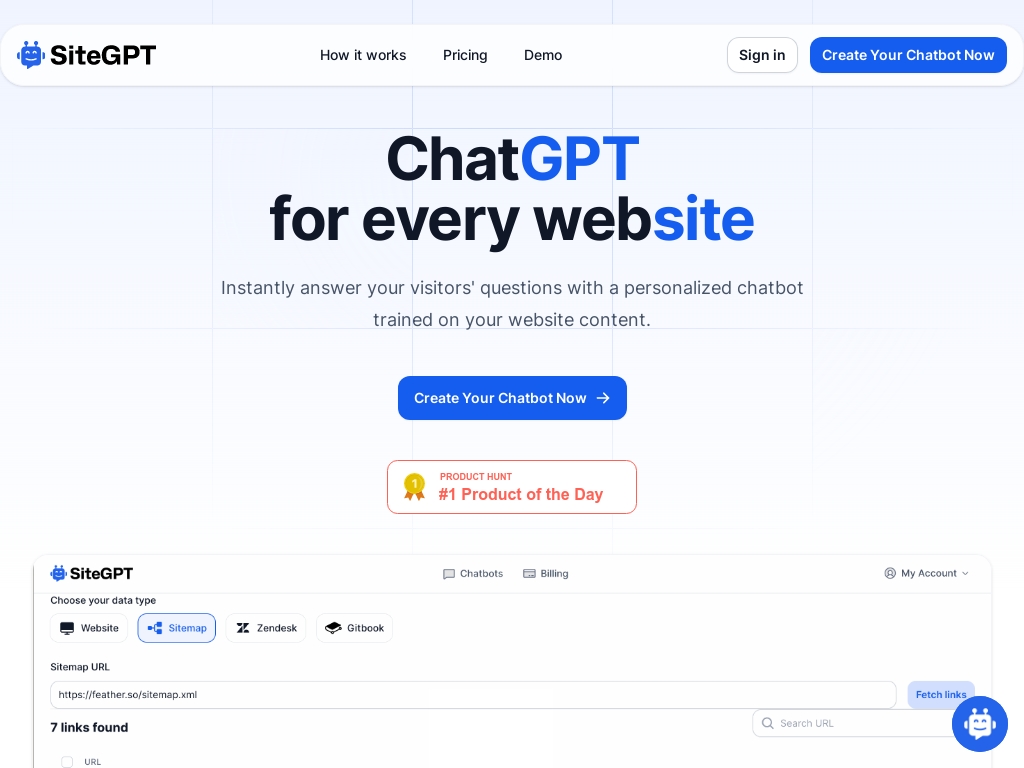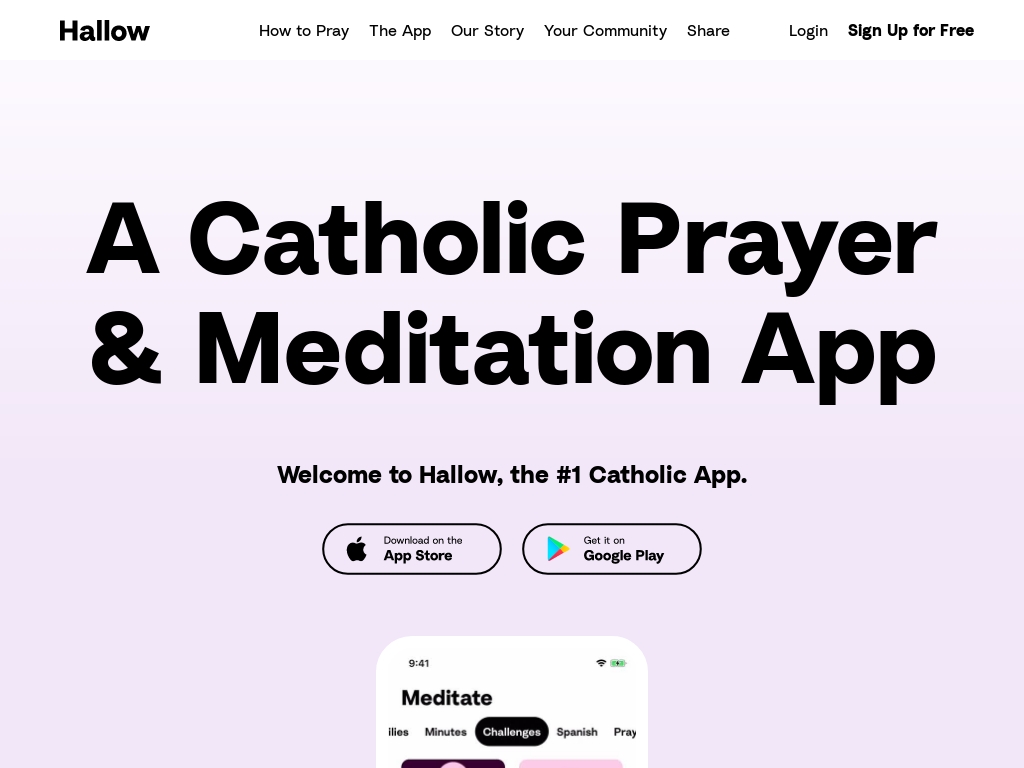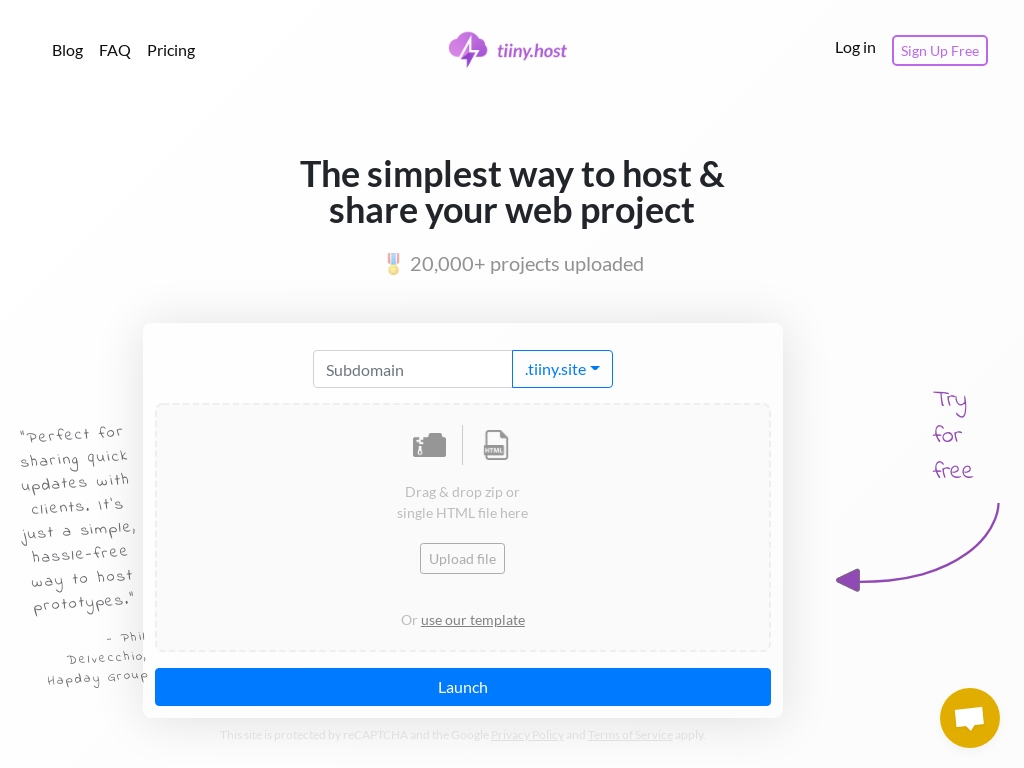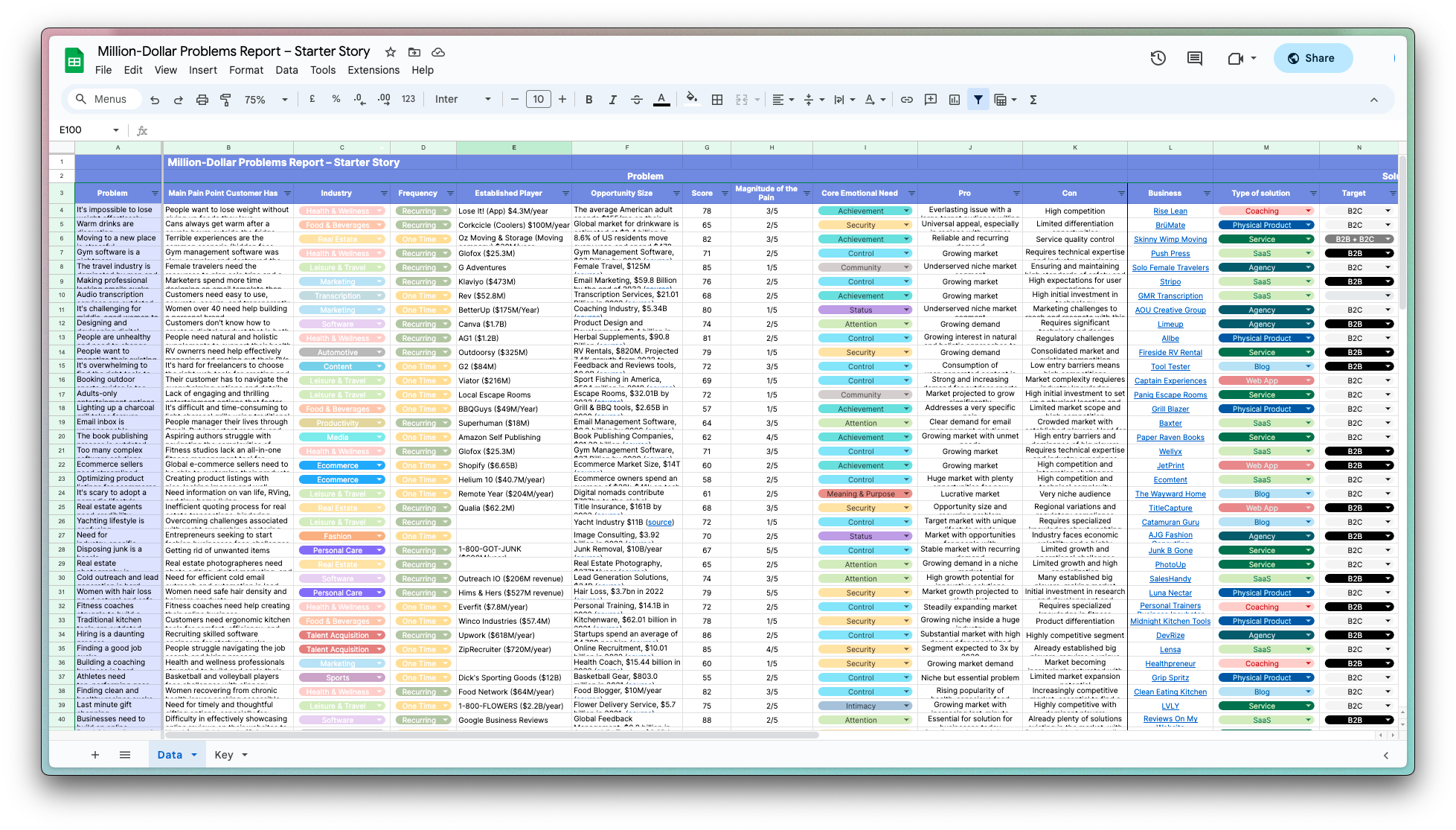
How Two Founders Turned Tiledesk Into a No-Code Chatbot Success
Who is Michele Pomposo?
Michele Pomposo, co-founder of Tiledesk, has over a decade of international experience in corporate environments, startups, and scale-ups, specializing in designing multichannel customer journeys since 2018.
What problem does Tiledesk solve?
Tiledesk helps businesses handle customer support 24/7 by using easy-to-create chatbots, reducing the need for constant human involvement and preventing potential lost leads.

TileDesk Homepage
How did Michele come up with the idea for Tiledesk?
The founders of Tiledesk identified a significant hurdle faced by many businesses: improving customer support and engagement without bogging down their teams. They observed the complexity and expense of existing chatbot development processes while working on projects for larger enterprises. Through their experiences with open-source tools like Chat21, they realized there was a gap for a tool that made creating custom chatbots both simple and accessible to non-tech users.
Before diving in, they explored and validated their concept using insights gathered while deploying complex chatbot solutions. The consistent feedback from the industry highlighted the need for a no-code platform that integrated seamlessly with various tools and channels. Tiledesk was born out of this realization, focusing on building a user-friendly platform that allowed businesses to automate customer interactions effectively.
Learning from their own challenges, they emphasized adaptability and extensions in Tiledesk, ensuring it could cater to diverse needs and industries. They also incorporated feedback from their growing user community, continuously refining their product to align with real-world applications and user requirements.
How did Michele Pomposo build the initial version of Tiledesk?
Tiledesk was built around an open-source chat SDK known as Chat21, which laid the foundation for creating a comprehensive no-code chatbot builder. The development process initially utilized Google Dialogflow but encountered challenges due to the complexity and cost of those projects, leading to the creation of a more user-friendly, no-code solution with multiple extension points. Tiledesk's Design Studio enables users to design and integrate chatbots using a drag-and-drop interface, making it accessible without the need for coding expertise. By leveraging open-source technology, Tiledesk provided flexibility and encouraged collaboration among developers, contributing to the platform's continuous evolution and maturity. The experience of building Tiledesk was challenging, particularly with the transition from low-code to no-code, but this shift significantly enhanced the platform's usability and power.
What was the growth strategy for Tiledesk and how did they scale?
Customer Support Chatbots
Tiledesk utilized its expertise in developing no-code chatbots with custom rules and prompts for customer service, sales, and lead generation. By automating customer interactions, Tiledesk reduced the workload on human agents, which allowed them to focus on more complex queries. This seamless integration of chatbots in customer support facilitated real-time engagement, 24/7 availability, and improved customer satisfaction.
Why it worked: Automating repetitive support tasks not only reduced operational costs but also enhanced the customer experience by providing swift and accurate responses. This efficiency appealed to businesses looking to streamline their support processes and boost productivity.
Social Media Integration
Tiledesk ensured its chatbots were versatile by enabling them to adapt conversation flows for various social media platforms, including Facebook and WhatsApp. This adaptability meant businesses could maintain consistent customer engagement across multiple channels without extra effort.
Why it worked: Social media is a critical touchpoint for customer engagement. By operating seamlessly across platforms, Tiledesk broadened its reach and allowed businesses to meet their customers where they are already active, thereby increasing interactions and potential lead generation.
Lead Generation and CRM Integration
Tiledesk offered tools for building forms to capture new leads and sync this data with CRM systems. This feature helped businesses efficiently manage their sales funnel and ensured that all inbound leads were handled with the appropriate follow-up actions.
Why it worked: By integrating lead generation directly into their product suite, Tiledesk provided businesses with an all-in-one solution for capturing and managing potential customers, simplifying the sales process and improving conversion rates.
Open-Source Commitment and Innovation
Tiledesk's open-source platform approach facilitated collaboration and innovation, attracting a community of developers and businesses looking for a customizable chatbot solution. Users could modify the software to better fit their needs or develop new features.
Why it worked: A commitment to open-source software fostered transparency and trust, encouraging adoption by businesses wary of vendor lock-in. This model also accelerated innovation, allowing Tiledesk to continuously improve and stay competitive in a rapidly evolving market.
What's the pricing strategy for Tiledesk?
Tiledesk offers a no-code chatbot platform with pricing starting at $0 for unlimited chatbots and live chat, scaling up with usage and features.
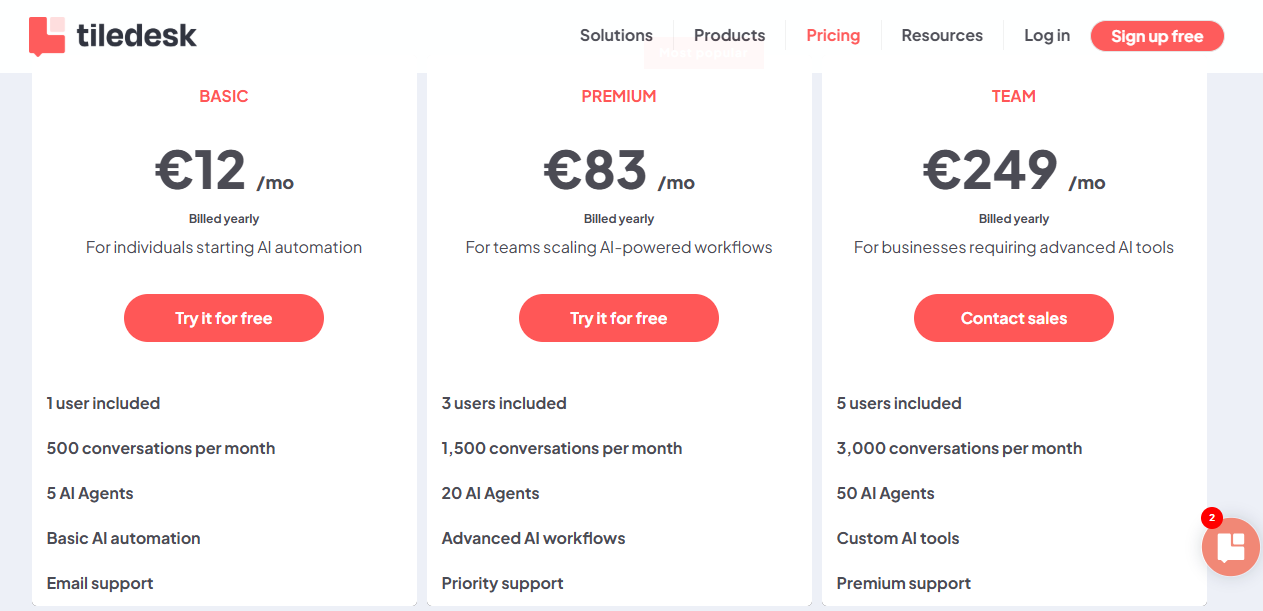
Tiledesk Pricing
What were the biggest lessons learned from building Tiledesk?
- Embrace Open-Source Flexibility: Tiledesk's open-source approach allowed them to drive innovation and customization, making their platform versatile and trustworthy for businesses. This highlights the value of flexibility in product development to meet diverse client needs.
- Simplify User Experience: By creating a no-code, drag-and-drop platform, Tiledesk demonstrated the power of simplifying technology for users. It underscores the importance of making products accessible to non-tech-savvy customers to broaden your market reach.
- Leverage Multi-Channel Engagement: Tiledesk's ability to integrate across platforms like WhatsApp, Facebook Messenger, and websites showcases the importance of meeting customers where they are. This is crucial for increasing customer engagement and conversion rates.
- Iterate and Evolve: Transitioning from a low-code to a fully no-code tool, Tiledesk continually evolved its offerings. This adaptability is a key lesson in responding to market needs and refining your product to maintain competitiveness.
- Prioritize Team Contribution: Tiledesk's success is attributed to a dedicated team committed to constant improvement. This emphasizes the importance of valuing team input and fostering a collaborative environment for business growth.
Discover Similar Business Ideas Like Tiledesk
|
|
Idea
|
Revenue
|
|---|---|---|
|
PDFShift
|
HTML-to-PDF conversion API service.
|
$8.5K
monthly
|
|
SiteGPT
|
AI chatbot trained on your website content.
|
$15K
monthly
|
|
Hallow
|
"Catholic prayer and meditation app fostering faith growth."
|
$278K
monthly
|
|
tiiny.host
|
Static website hosting made simple for everyone.
|
$15K
monthly
|
|
Studio Wombat
|
WooCommerce plugin developer for enhanced e-commerce features.
|
$15K
monthly
|
|
Treendly
|
Trend-spotting platform for untapped market insights.
|
$1K
monthly
|
|
ScreenshotOne
|
API for capturing website screenshots easily.
|
$2.2K
monthly
|
More about Tiledesk:
Who is the owner of Tiledesk?
Michele Pomposo is the founder of Tiledesk.
When did Michele Pomposo start Tiledesk?
2013
What is Michele Pomposo's net worth?
Michele Pomposo's business makes an average of $/month.
How much money has Michele Pomposo made from Tiledesk?
Michele Pomposo started the business in 2013, and currently makes an average of .
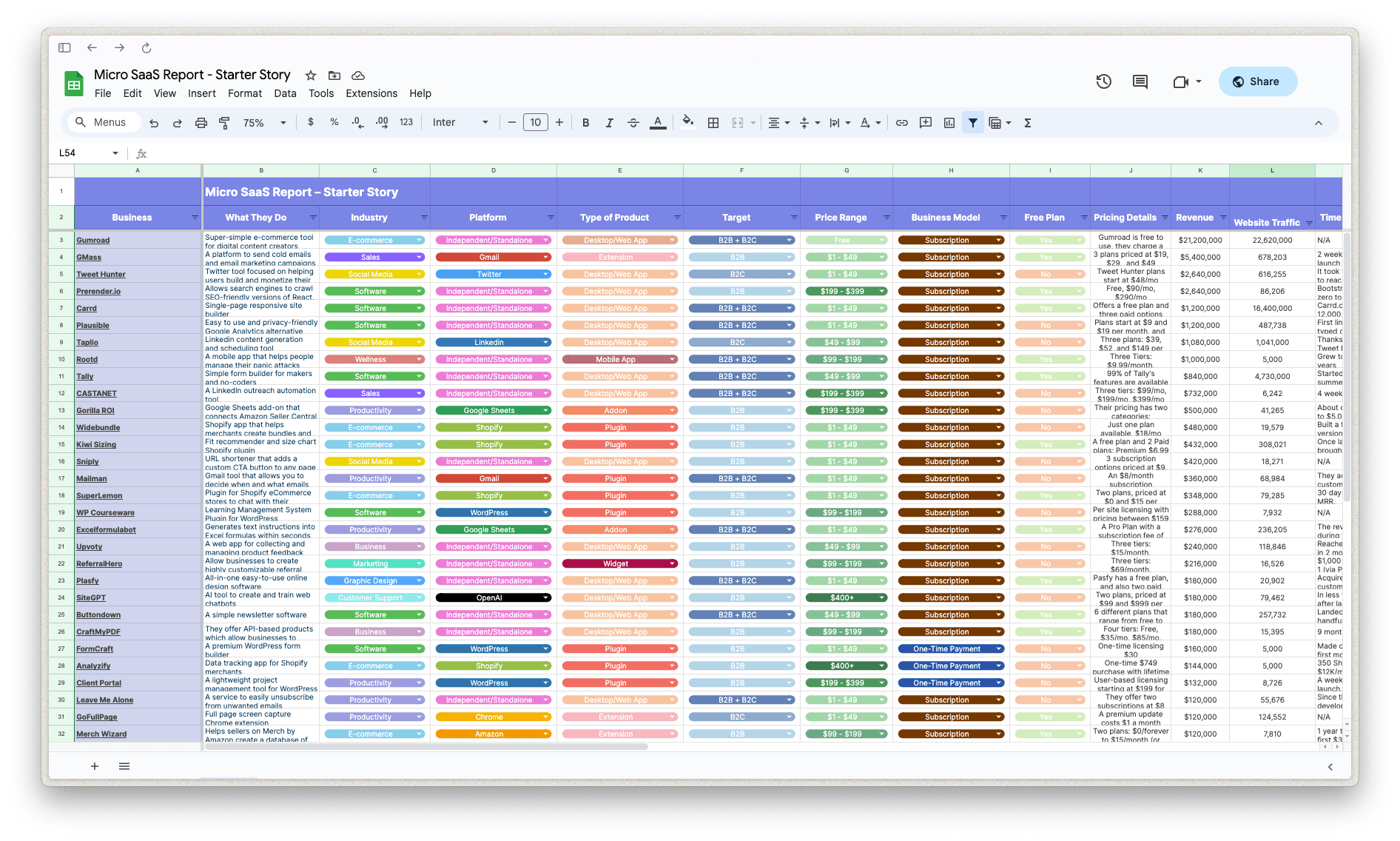
Download the report and join our email newsletter packed with business ideas and money-making opportunities, backed by real-life case studies.

Download the report and join our email newsletter packed with business ideas and money-making opportunities, backed by real-life case studies.

Download the report and join our email newsletter packed with business ideas and money-making opportunities, backed by real-life case studies.

Download the report and join our email newsletter packed with business ideas and money-making opportunities, backed by real-life case studies.

Download the report and join our email newsletter packed with business ideas and money-making opportunities, backed by real-life case studies.

Download the report and join our email newsletter packed with business ideas and money-making opportunities, backed by real-life case studies.

Download the report and join our email newsletter packed with business ideas and money-making opportunities, backed by real-life case studies.

Download the report and join our email newsletter packed with business ideas and money-making opportunities, backed by real-life case studies.

